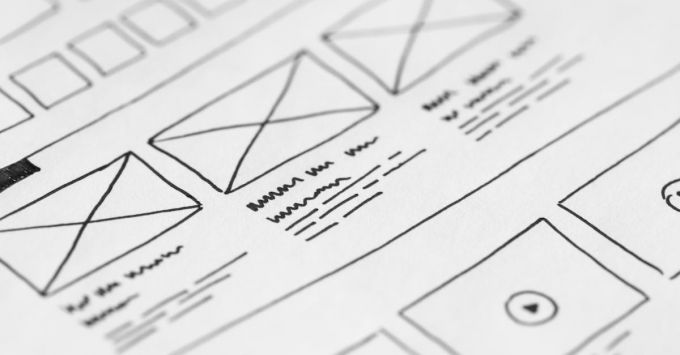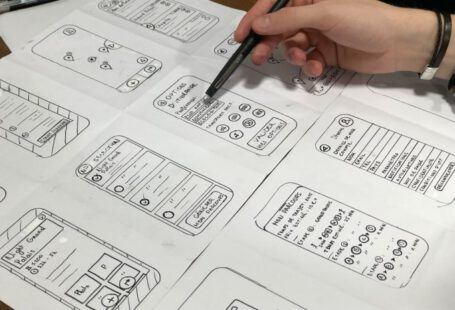User research plays a crucial role in designing a user experience (UX) that meets the needs and expectations of your target audience. By gaining insights into the behaviors, preferences, and pain points of your users, you can create a design that not only looks great but also functions intuitively. In this article, we will explore how to effectively turn user research into a successful UX design.
Understanding Your Users
Before diving into the design process, it is essential to have a deep understanding of your users. This involves conducting user research, which can be done through various methods such as interviews, surveys, and usability testing. By gathering qualitative and quantitative data, you can uncover valuable insights about your users’ motivations, goals, and frustrations.
Identifying User Personas
One effective way to organize and make sense of the user research data is by creating user personas. A user persona is a fictional representation of your target audience based on real data and insights. It helps you empathize with your users and design for their specific needs and preferences. When creating user personas, consider factors such as demographics, behaviors, goals, and pain points.
Mapping User Journeys
Once you have identified your user personas, the next step is to map out their user journeys. A user journey is a visual representation of the steps your users take to accomplish their goals when interacting with your product or service. By understanding the different touchpoints and pain points along the user journey, you can design a seamless and intuitive experience that addresses their needs at each stage.
Iterative Design Process
Designing an effective UX requires an iterative process that involves continuous testing and refinement. Start by creating low-fidelity prototypes to gather feedback from users. This allows you to quickly identify any usability issues and make necessary improvements. As you progress, gradually increase the fidelity of your prototypes to gather more accurate feedback.
Collaboration and Communication
Effective UX design is a collaborative effort that involves various stakeholders, including designers, developers, and product managers. It is crucial to establish clear channels of communication and foster a collaborative environment where everyone’s input is valued. Regular meetings and design reviews can help ensure that everyone is aligned and working towards the same goal.
Data-Driven Decision Making
When making design decisions, it is important to rely on data rather than personal preferences or assumptions. Use the insights gathered from user research to inform your design choices. A/B testing and analytics tools can provide valuable data on user behavior and preferences. By analyzing this data, you can make informed decisions that lead to a more effective and successful UX design.
Consistency and Clarity
Consistency and clarity are key principles of good UX design. Users should be able to navigate your product or service easily and understand how to interact with it. Use consistent visual elements, such as colors, typography, and icons, to create a cohesive and recognizable interface. Clear and concise language should be used throughout the design to guide users and minimize confusion.
Accessibility
Designing for accessibility is essential to ensure that your product or service is usable by all users, including those with disabilities. Consider factors such as color contrast, keyboard accessibility, and alternative text for images. Conducting accessibility testing and incorporating accessibility best practices into your design process will help create a more inclusive experience for all users.
Continuous Improvement
Effective UX design is an ongoing process of continuous improvement. Regularly gather feedback from users and iterate on your designs based on their needs and preferences. Monitor user behavior and analytics to identify areas for improvement. By continuously refining your UX design based on user feedback and data, you can create a product or service that evolves with the changing needs of your users.
In conclusion, turning user research into effective UX design requires a deep understanding of your users, the creation of user personas, mapping user journeys, an iterative design process, collaboration and communication, data-driven decision making, consistency and clarity, accessibility, and a commitment to continuous improvement. By following these principles and incorporating user research into your design process, you can create a user experience that not only meets but exceeds the expectations of your target audience.





